EDITOR’S NOTE: Traveleater Elise Ofilada shares with us 20 traditional Polish desserts that you need to try on your next visit to Krakow and Poland.
Located in the heart of Europe, Poland is a hidden gem for Traveleaters who want to thoroughly experience the continent’s Slavic culture. Though many people remember the country for its tumultuous history or its strong reverence for the Roman Catholic religion, it also boasts an abundance of scenic places to visit and explore.
Poland is home to seventeen UNESCO World Heritage Sites, after all, such as the must-see Wieliczka Salt Mine and the very quaint Historic Centre of Kraków. On top of that, by the coast of the Baltic Sea, Poland’s beaches are perfect spots to spend an afternoon while basking in the view of the horizon.
Cuisine-wise, Poland’s most well-known dish is called pierogi, which are dumplings often stuffed with savory fillings. When it comes to desserts, however, there’s no doubt that Poles prefer some sweetness instead.
Rivaling the desserts of its more famous neighbors, like Germany and Russia, in terms of decadence, Polish desserts are a must-try for Traveleaters of all nationalities.
POLISH DESSERTS QUICK LINKS
If you’re visiting Poland and want to learn more about Polish food, then you may be interested in joining a food tour or taking a cooking class.
TOURS & OTHER SERVICES
- Food Tours: Food and Drinking Tours in Poland
- Cooking Classes: Cooking Classes in Poland
- eSIM: Poland eSIM
Save This on Pinterest!
No time to read this article on Polish desserts? Click on the save button and pin it for later!
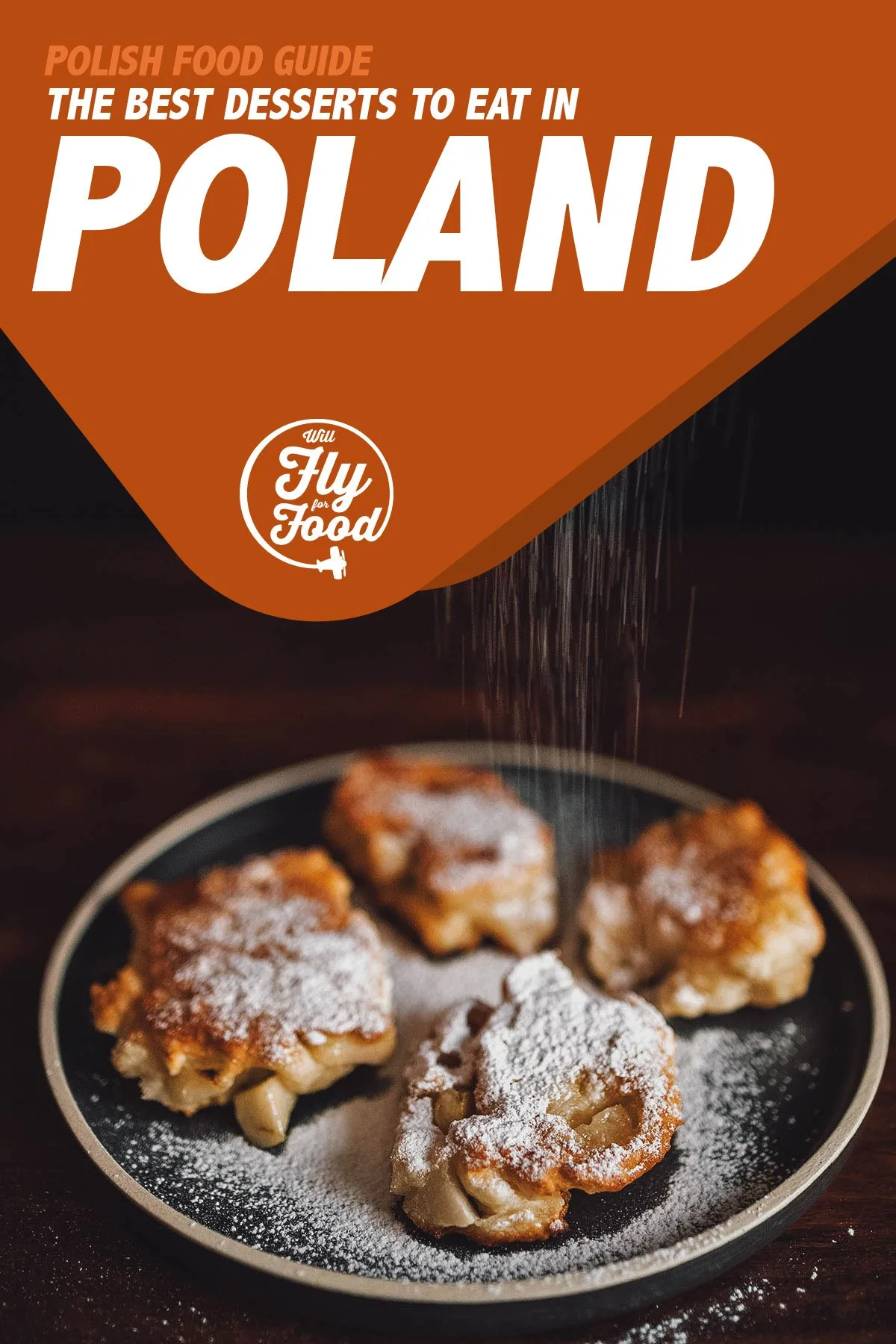
Photo by annaj77
THE MOST DELICIOUS POLISH DESSERTS
1. Babka
Commonly enjoyed during Easter Sunday, babka is a sweetened, bread-like cake that can be made in a variety of flavors. Developed by Polish Jewish communities in the 19th century, it has been described as similar to brioche, panettone, and Bundt cake.
The traditional dessert’s recipe often calls for it to be made with yeast-risen dough (which is why it’s sometimes called “yeast cake”), though there are versions of the Polish treat that make do without it.
While it’s usual for more modern variations to drizzle it with vanilla or chocolate icing (or even dust it off with powdered sugar), the original Polish version features candied or dried fruits as toppings instead, making it one of the most versatile and delicious Polish desserts you can try.
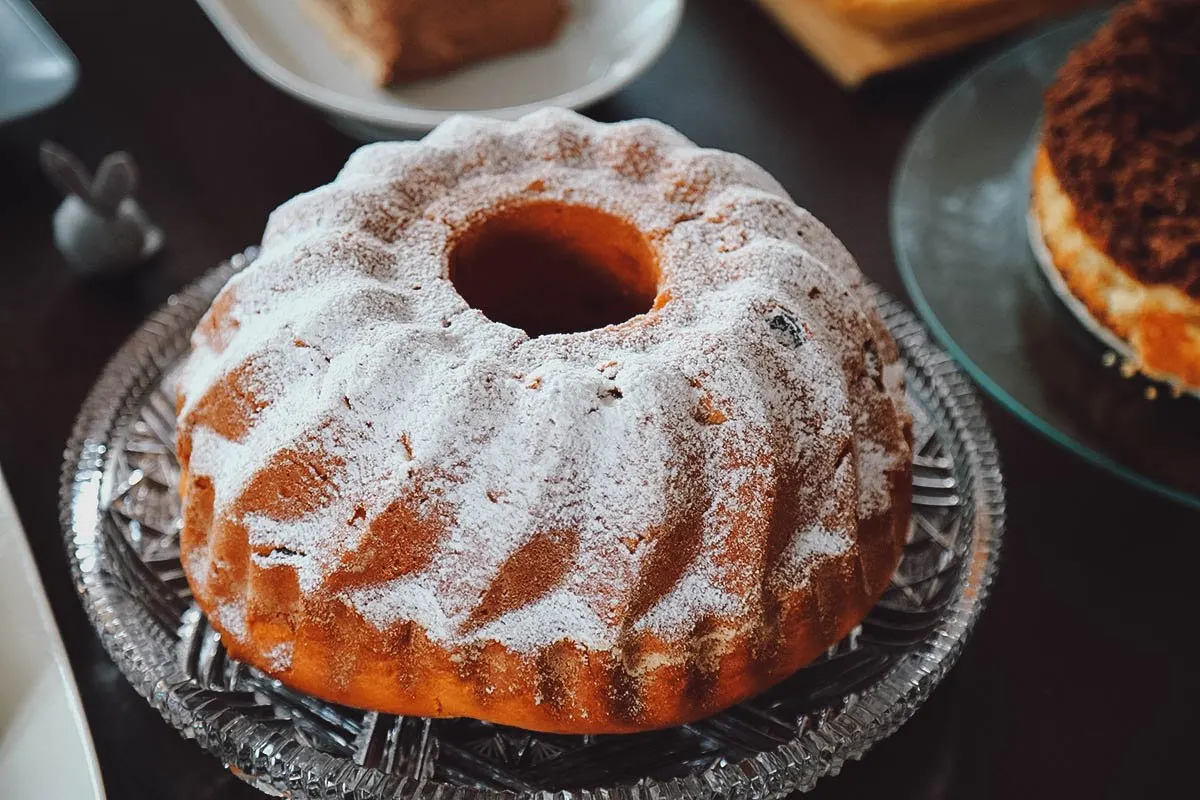
Photo by Tupungato
2. Szarlotka
Szarlotka is a popular dessert that you can find in a pinch almost anywhere in Poland. Given its prevalence in their bakeries and restaurants, this delicious Polish treat is considered to be one of the country’s favorites.
Sometimes known as “Polish apple pie”, it’s made distinct by its short-crust pastry base. Without its distinguishing pie crust, it would instead be jabłecznik, a different Polish dessert that also makes use of spiced apples, but has a base of either puff pastry, sponge cake, or yeast cake.
Though the traditional Polish version of Szarlotka is more or less made like plain apple pie, variations can feature dried fruits, nuts, and even meringue.
Polish apple pie can also be served warm with whipped cream or cold as is, a truly delightful dessert to end a meal with.
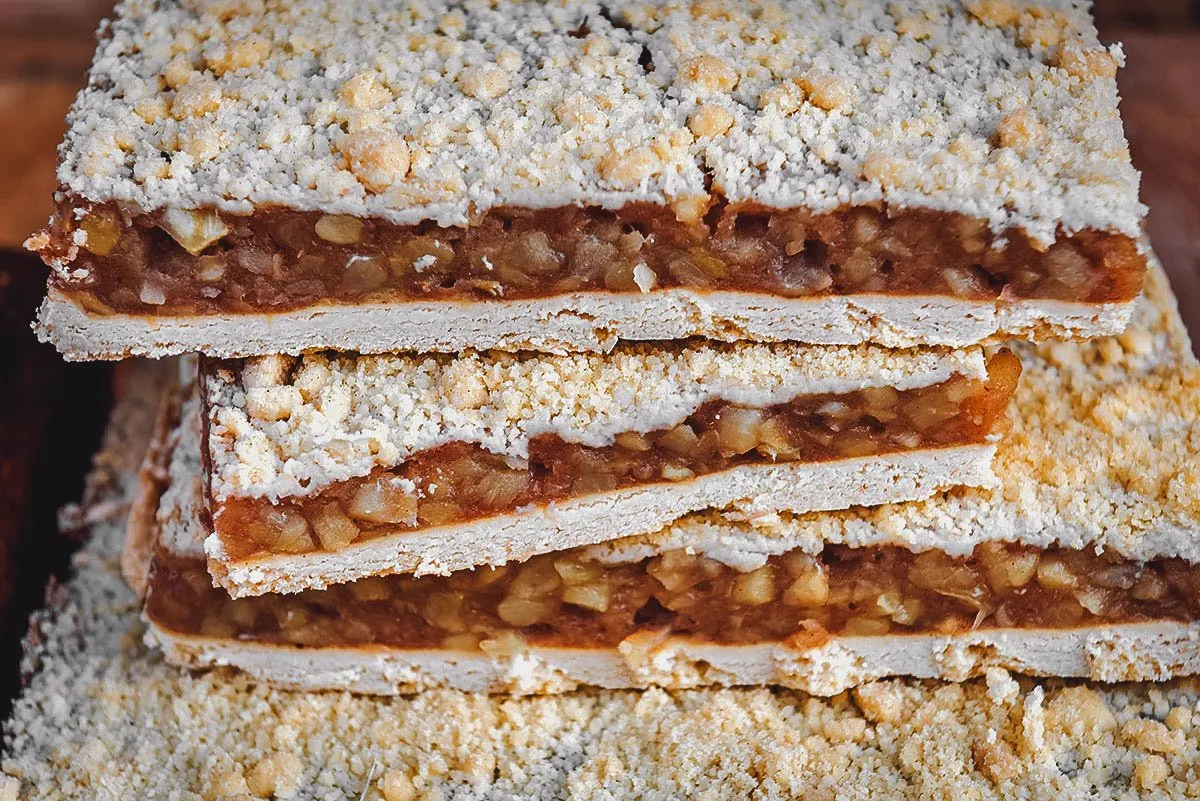
Photo by Fotokon
3. Sernik
Made specifically with “twaróg” (a kind of creamy, but firm Polish farmer’s cheese), Sernik is a Polish cheesecake that’s said to have first popped up in Poland during the 17th century. Because of its lightly sour, but sweet cheese taste, this traditional Polish dessert is still much sought-after to this day.
Many versions of the traditional Polish cheesecake exist, including one where there are raisins mixed in the cheese layer. There are also variations where the baker swaps out the short-crust pastry base in favor of sponge cake, and ones where they douse the cake in decadent chocolate sauce or ganache.
That said, it’s the twaróg that remains the irreplaceable heart of this dessert, showcasing just how unique Polish cuisine can be.
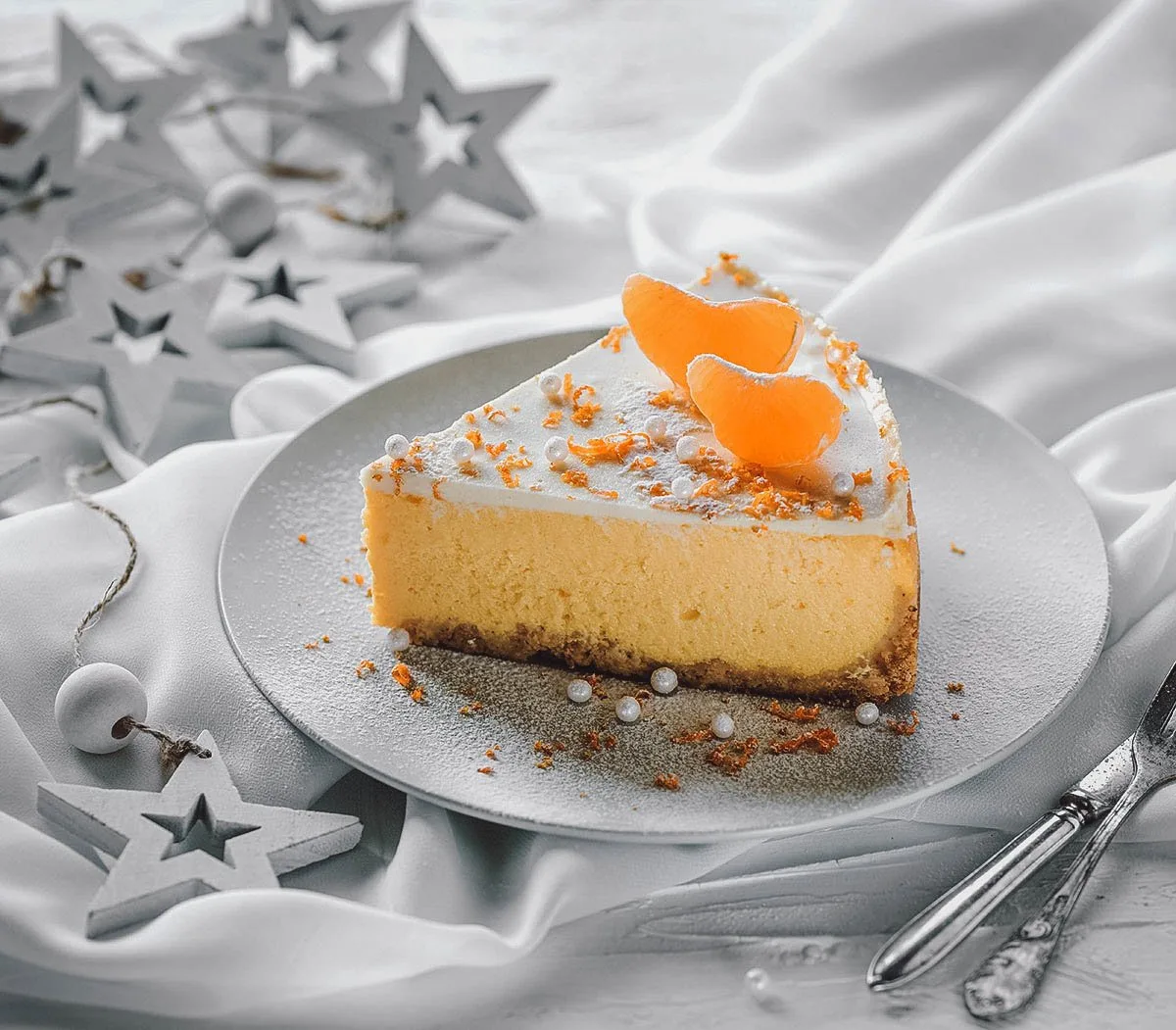
Photo by Karjalas
4. Kremowka Papieska (Napoleonka)
Whose opinion on Polish desserts can you trust more than a Pope’s?
Poland-native Pope John Paul II, himself, made this pastry famous by recounting an instance where he ate eighteen pieces in one sitting, in an attempt to win a bet against a friend.
While he might have lost in the end, it’s a win for all of us who learned about the delicacy through his story. Ever since then, the delicious Polish treat has been known as “papal cream cake” throughout the world.
While the dessert itself is a Polish spin on the French pastry napoleon (also known as mille feuille), a hot-topic debate has ensued between Poles of different regions on whether the cream pie should be called kremowka or napoleonka.
Whatever it’s called though, you can usually expect the popular Polish dessert to be made with puff pastry – filled with either whipped cream, vanilla-flavored pastry cream, or buttercream. Powdered sugar is also often sprinkled on top of the cream cake with a design in the shape of a cross.
Aside from Poland, this scrumptious cream cake is a hit throughout Europe where it goes by different names like cremeschnitte (Germany), krémes (Hungary), kremna rezina (Slovenia), and kremšnita (Croatia).
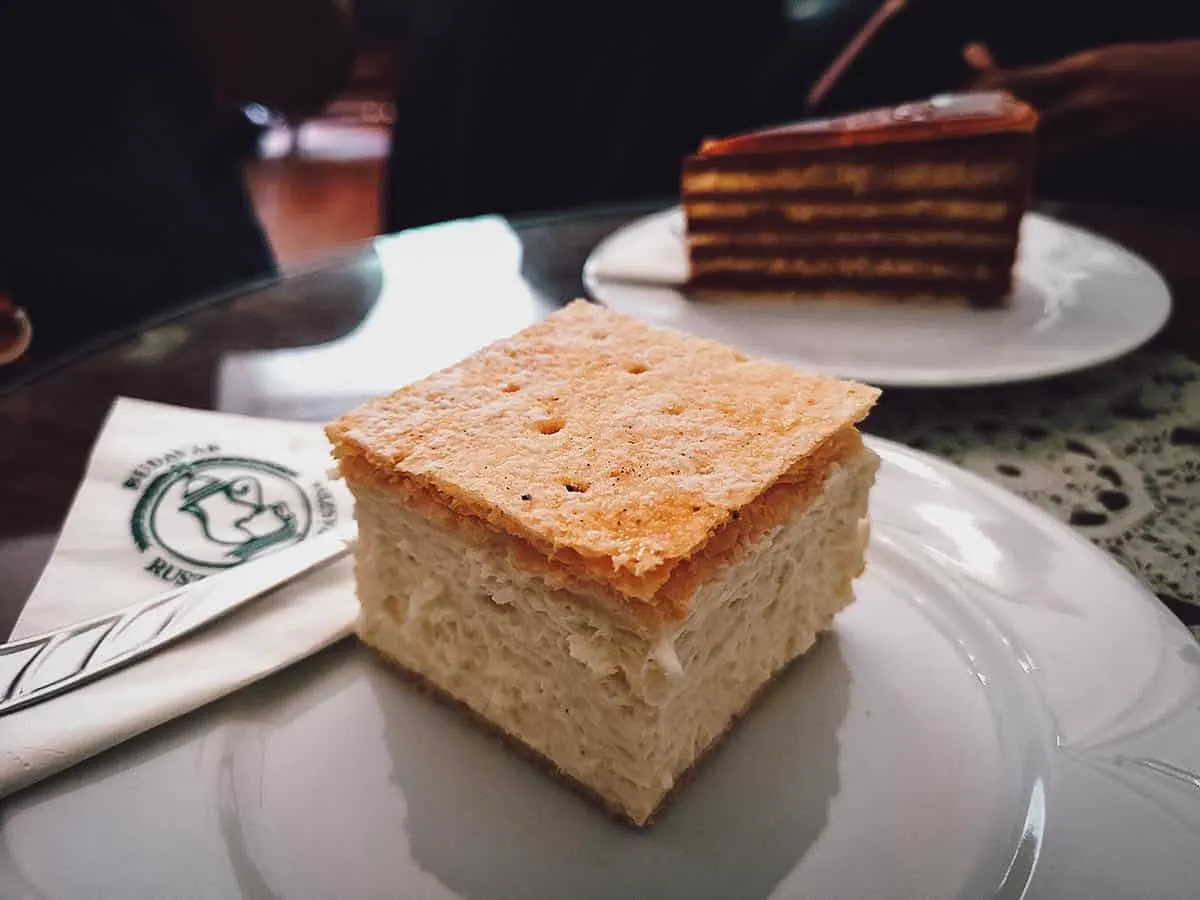
5. Karpatka
Made with choux pastry that’s been dusted with powdered sugar, Karpatka was named for its resemblance to the Carpathian mountains during the winter. This traditional cake infused with cream is thought to have originated in Poland in the 1950’s and is said to be served with afternoon tea or coffee.
Its soft and smooth inner layer pleasantly contrasts with its crisp outer crust, making the experience of devouring it a great harmony of textures. With many Polish dessert recipes using egg yolks, potato starch, and sugar for the custard cream, its consistency can also be likened to the filling of an éclair.
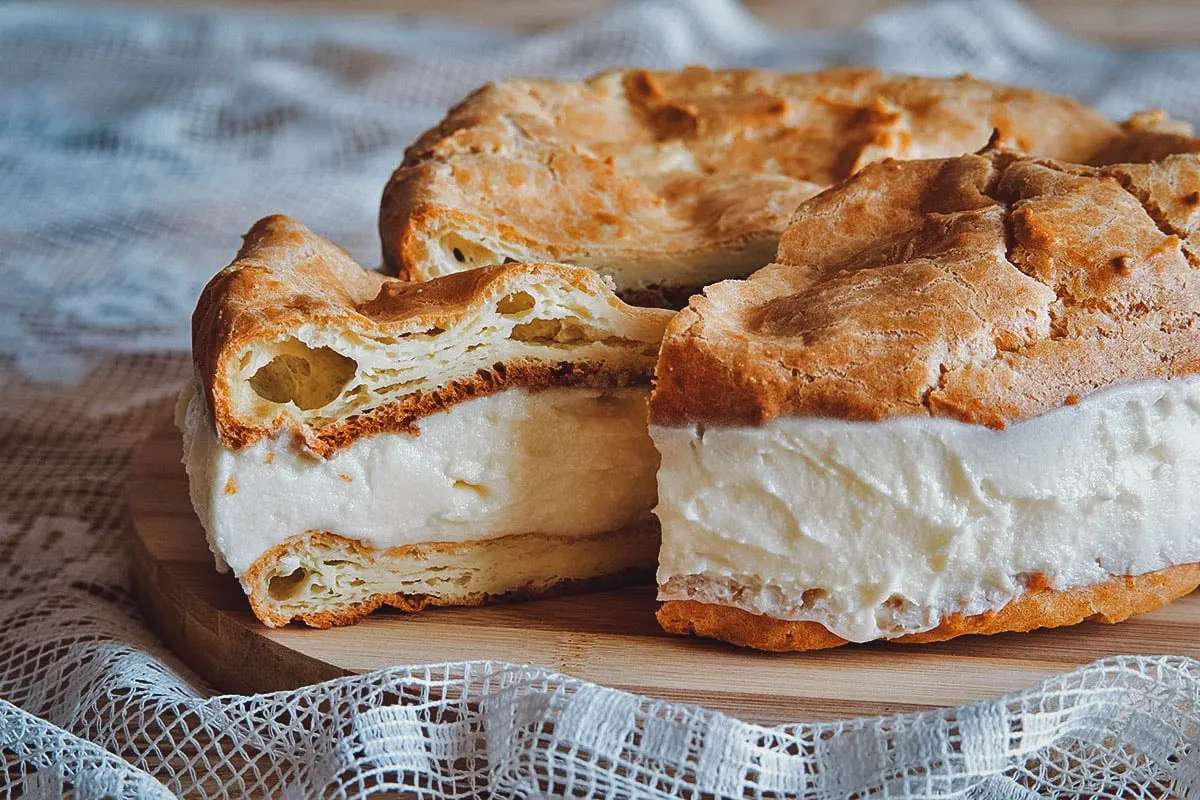
Photo by Olllympea
6. Ciasto z Śliwkami
Plums are central to this Polish dessert whose simple recipe calls for easily accessible ingredients like baking powder, sugar, and flour. The hardest ingredient to find would be the plums, which are seasonal in Poland.
From summer to autumn, however, the fresh fruit is in abundance and less expensive to buy. With a texture similar to sponge cake and an optional (but preferred!) sprinkling of crumble on top, the “Polish plum cake” is more than worth the yearly wait.
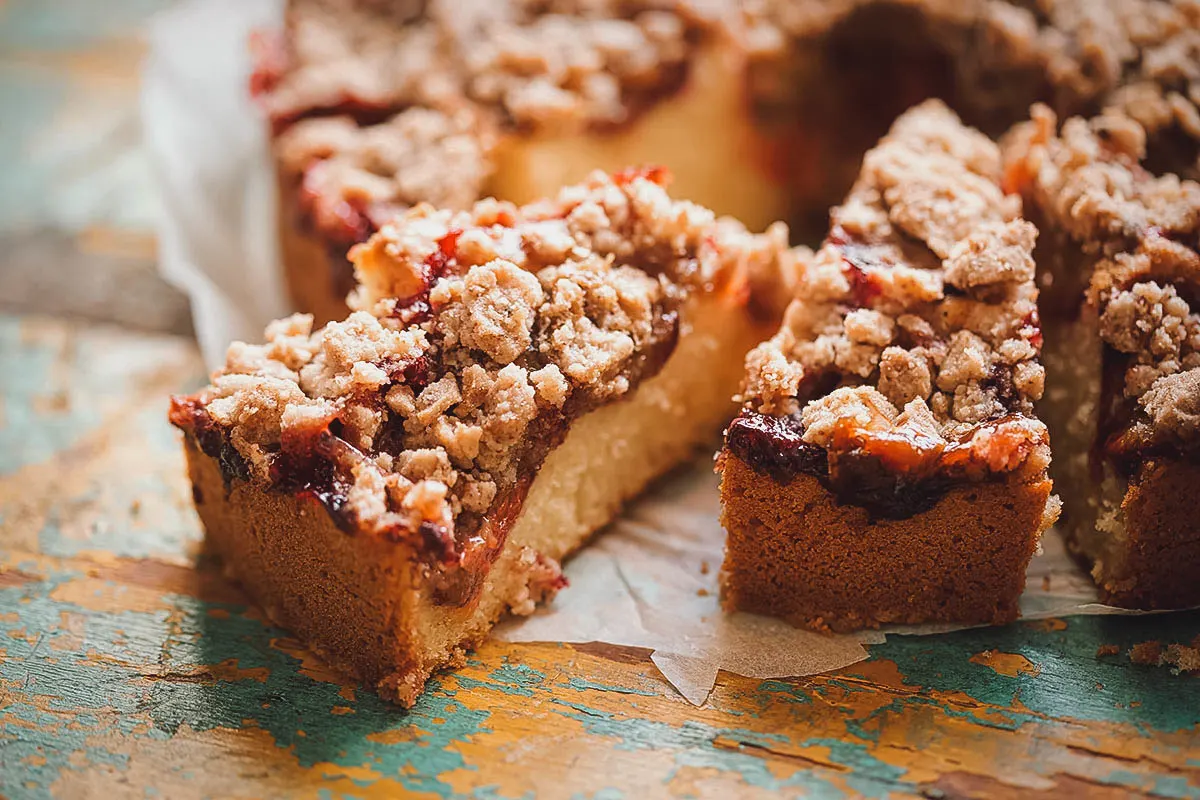
Photo by Bartosz Luczak
7. Mazurek
Like an apple pie, mazurek makes use of a short-crust pastry base. Unlike an apple pie, though, it often has two layers, onto which fruit preserves (like jam and marmalade) or icing are spread in between.
Described as a flat cake with many variations, Poles also make versions of it by adding ingredients like poppy seeds, caramel cream, chocolate, and walnut. Given its versatility, however, the origins of this Polish dessert are not so definitive.
Decorated with nuts and dried fruits, it’s also one of those popular Polish desserts that are typically enjoyed during Easter. There are even those who bake theirs with lattice and other seasonally-appropriate designs.
Whether round, square, or rectangular in shape, Polish people are definitely proud of this dessert. The Polish Ministry of Agriculture and Rural Development even declared the nutty version of mazurek (or “mazurek orzechowy”) as a traditional Polish confectionary product in November 2011.
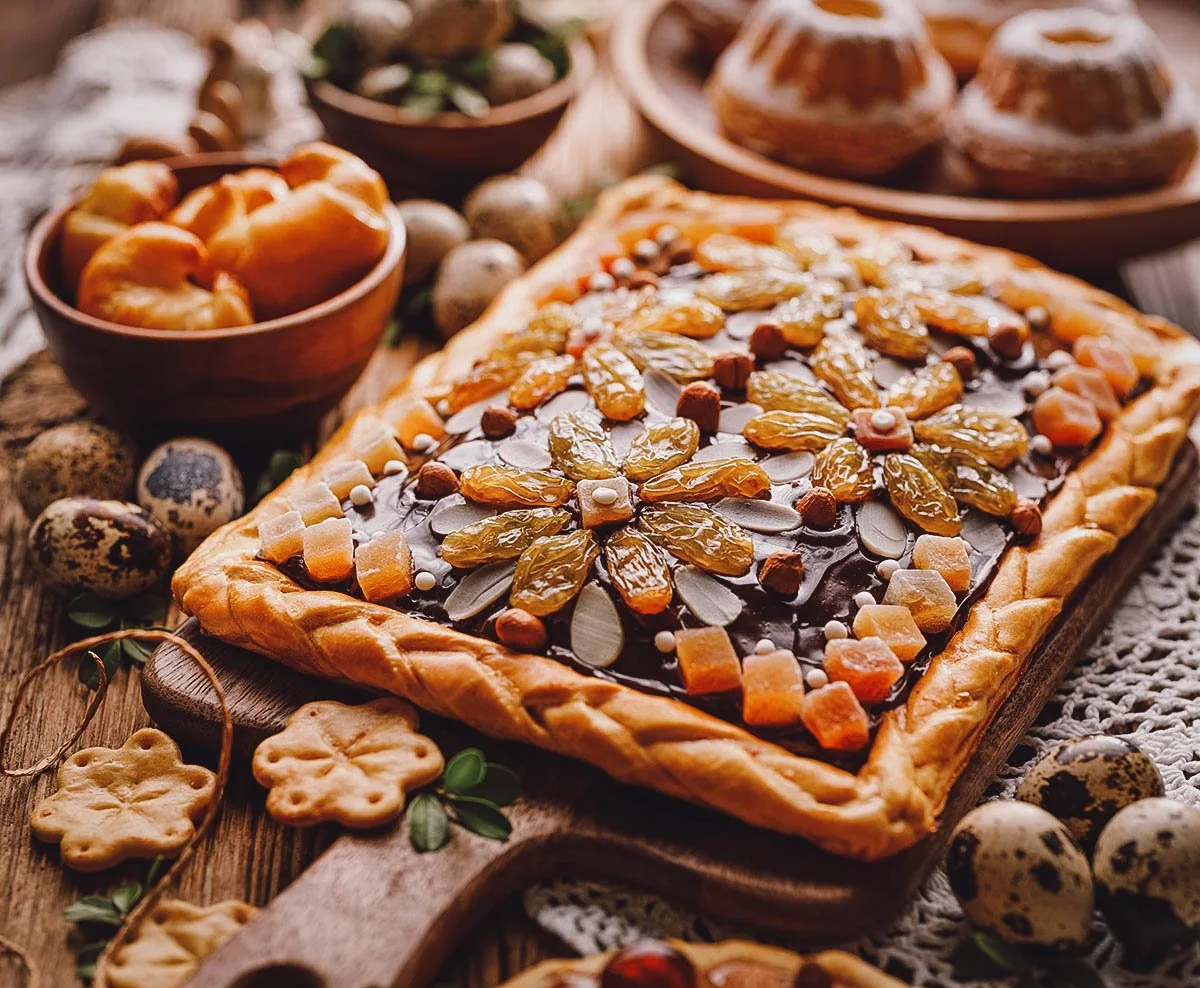
Photo by zi3000
8. Makowiec
Despite it teetering on the edge of legality (as poppy seeds contain opioids and consuming even small amounts can cause you to test positive for morphine on a drug test), this dessert is still popular during the holidays, specifically Easter and Christmas.
Essentially, makowiec is a Polish poppy seed roll that’s made with a yeast dough filled with a thick mixture of poppy seeds, butter, honey, raisins, and walnuts. While there is a version from the Eastern Polish town of Lubartów that makes the filling with just poppy seeds, other variations add toppings such as chocolate frosting, chopped nuts, and honey.
In the end, makowiec’s deliciousness has Polish citizens addicted and that’s what truly makes this poppy seed roll borderline illegal!
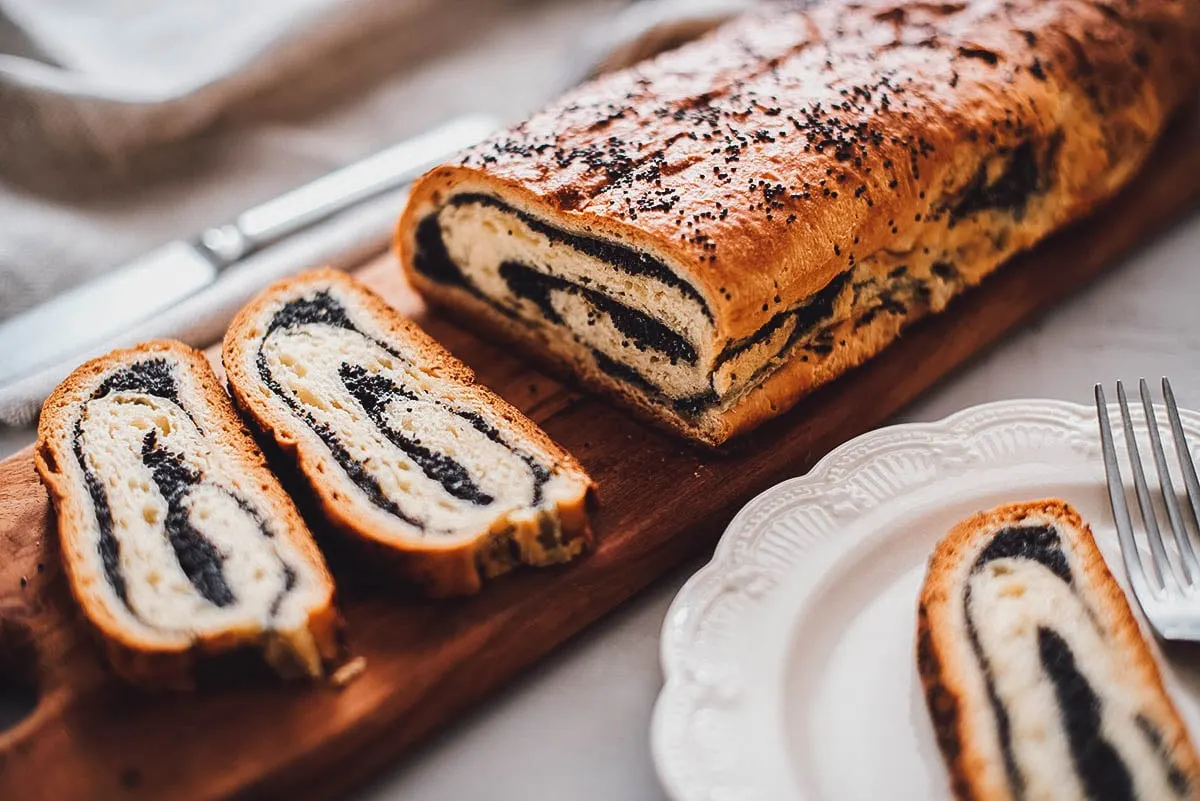
Photo by Letterberry
9. Drożdżówka
This traditional Polish dessert is basically a yeast cake. The word drożdżówka itself means any kind of “sweet bun or cake that uses yeast”.
Many variations of this dessert exist in Poland, such as one that incorporates dried apricots, prunes, and other fruits in the recipe, and one that features plums. It usually pairs well with coffee, tea, or even milk, making it a sweet afternoon treat.
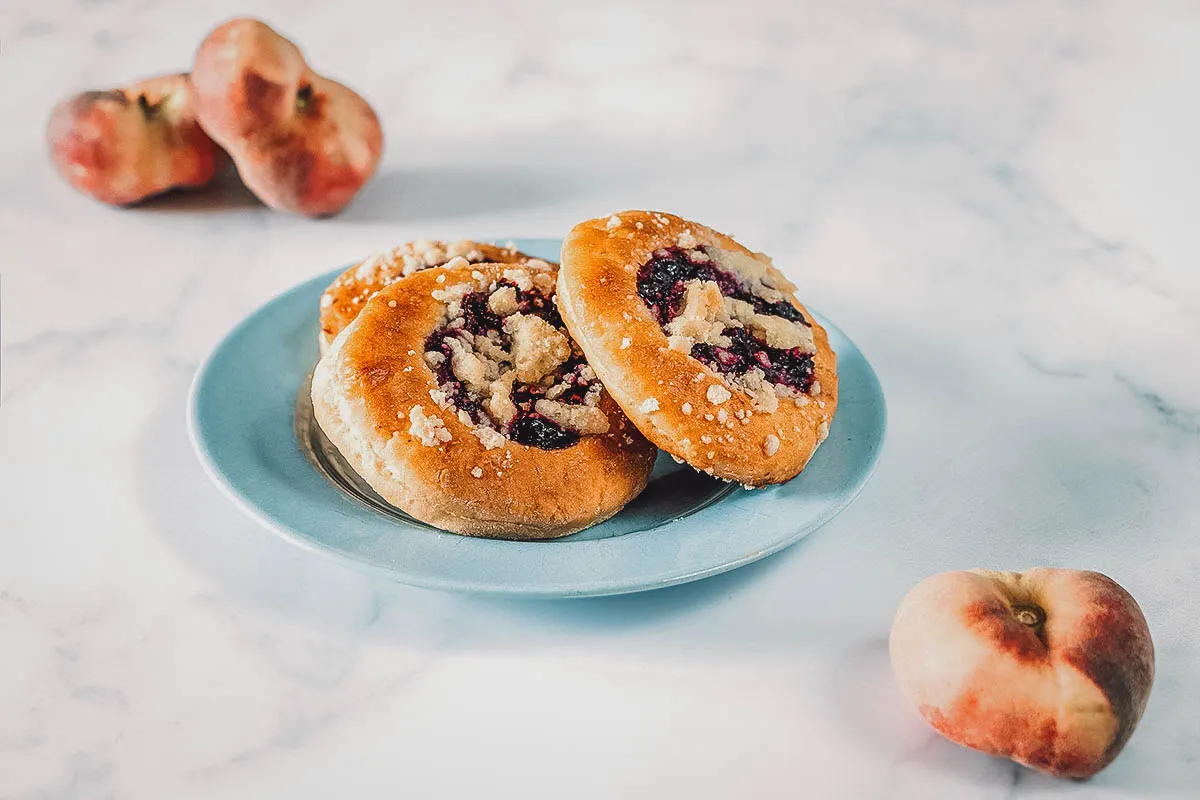
Photo by JuliaWozniak
10. Sekacz
At first glance, Sekacz is a wild-looking Polish dessert. It’s the kind of cake that you have to go out of your way to enjoy, given its complex baking process.
Featuring irregular shapes that are caused by the batter dripping down the sides of a horizontal spit, it’s traditionally baked over an open fire. Experts have theorized that sekacz was originally made this way to make it easier to store during winter.
This delicious Polish cake, also dubbed as “tree cake” and “knotted cake“, is much like the Lithuanian šakotis and became popular during the Polish-Lithuanian Commonwealth. While there are now mass-produced versions of it sold in Polish shops, there’s nothing quite like experiencing the real deal.
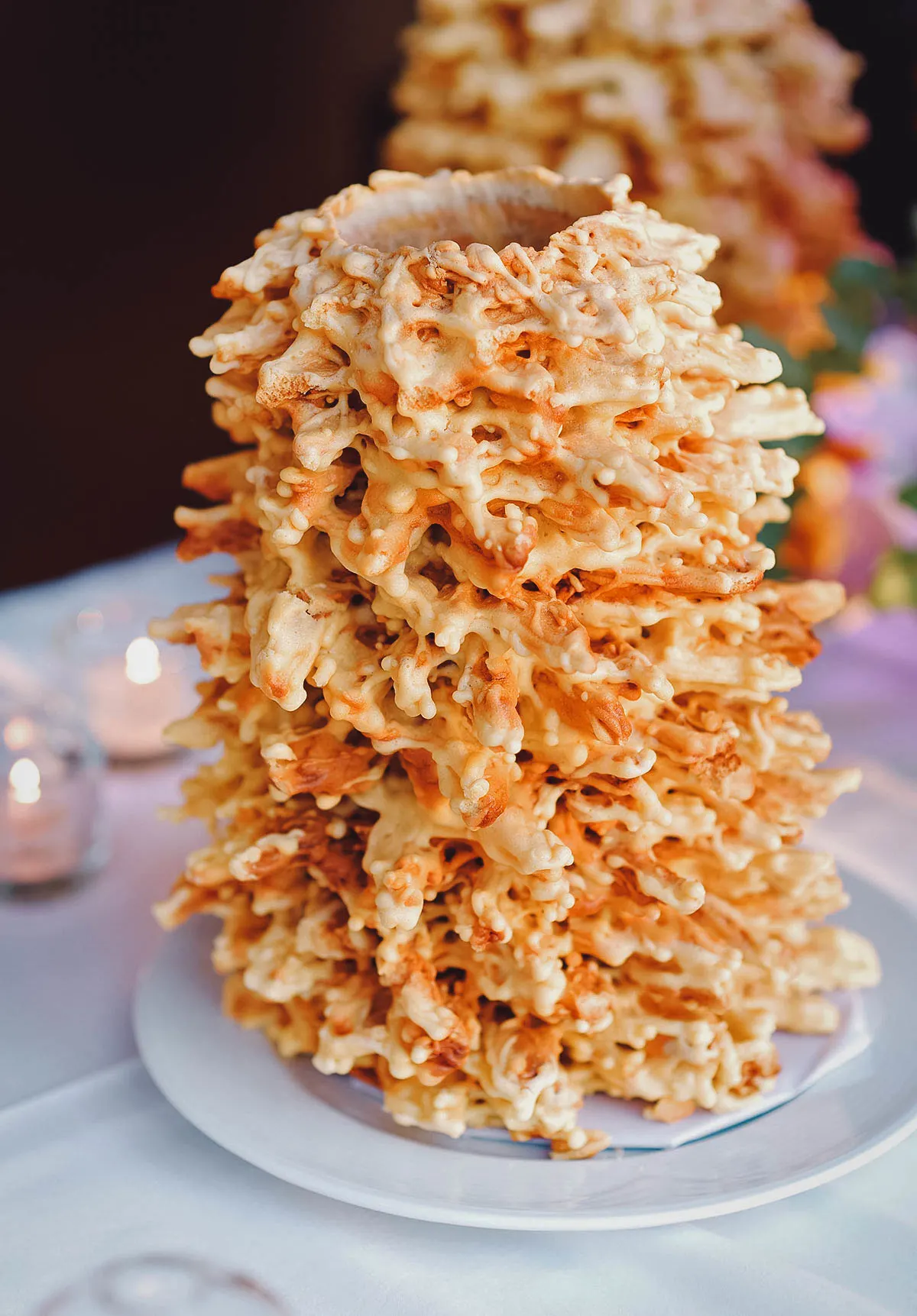
Photo by MNStudio
11. Racuchy z Jabłkami
Craving something that tastes familiar? This Polish dessert will hit the spot. Often called “Polish apple pancakes”, Racuchy z Jabłkami is a treat that can transport you back to the days when your mom would make you pancakes for breakfast.
Served with toppings like powdered sugar, fresh cream, or cinnamon, these fluffy polish pancakes are beloved by kids and kids-at-heart. Said to have originated in Southern Poland, the dessert was also once intended to be an appetizer, eaten during New Year’s Eve.
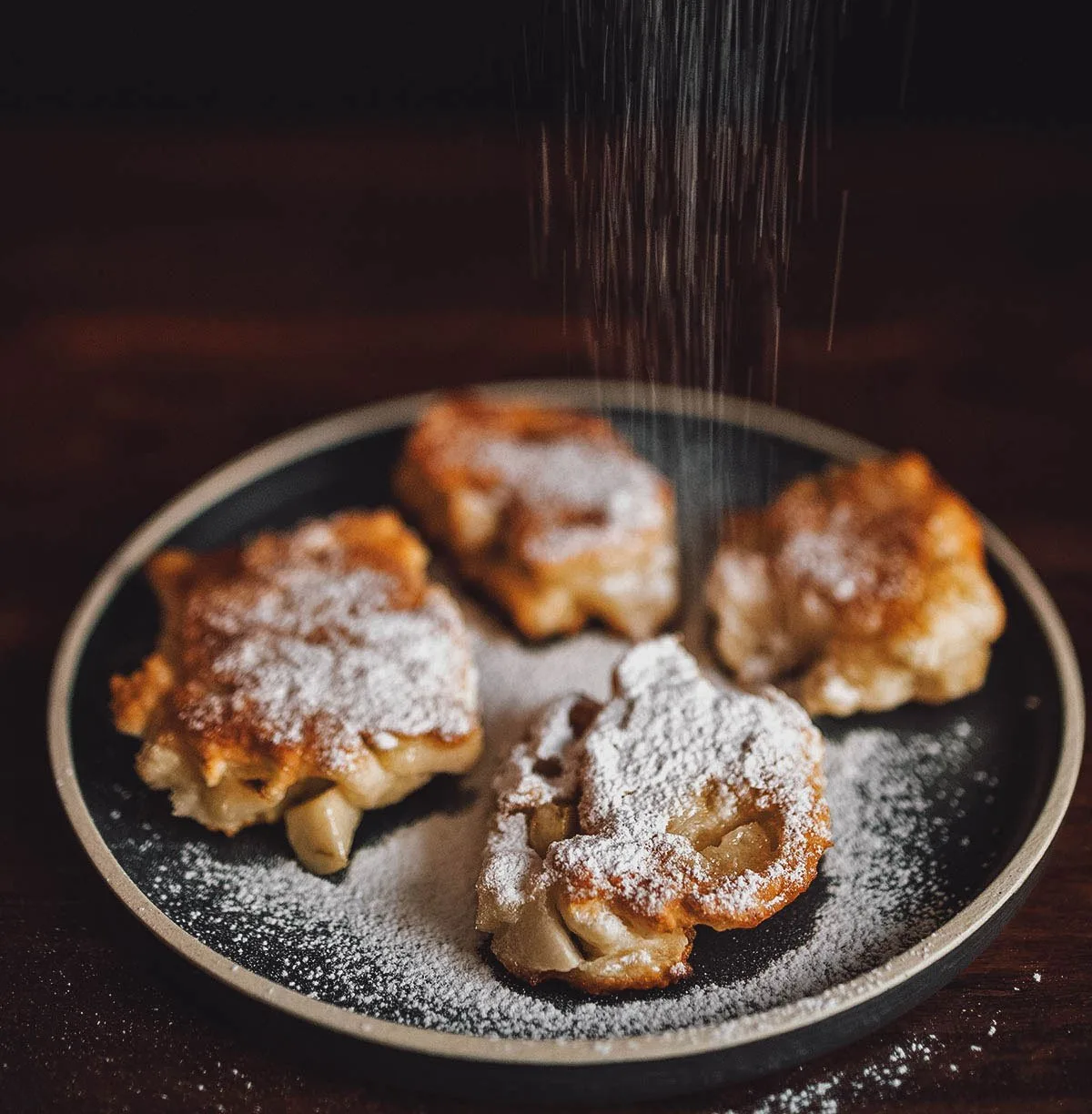
Photo by annaj77
12. Piernik
If Polish cream cake isn’t your style and Polish cheesecake doesn’t excite your taste buds, then Piernik might be the Polish cake for you.
Though its name comes from an old Polish word that translates into “peppery”, it’s actually a Polish gingerbread cake made with honey. Usually baked during Christmas time, it needs to be prepared a few days, if not weeks, before you plan to eat it.
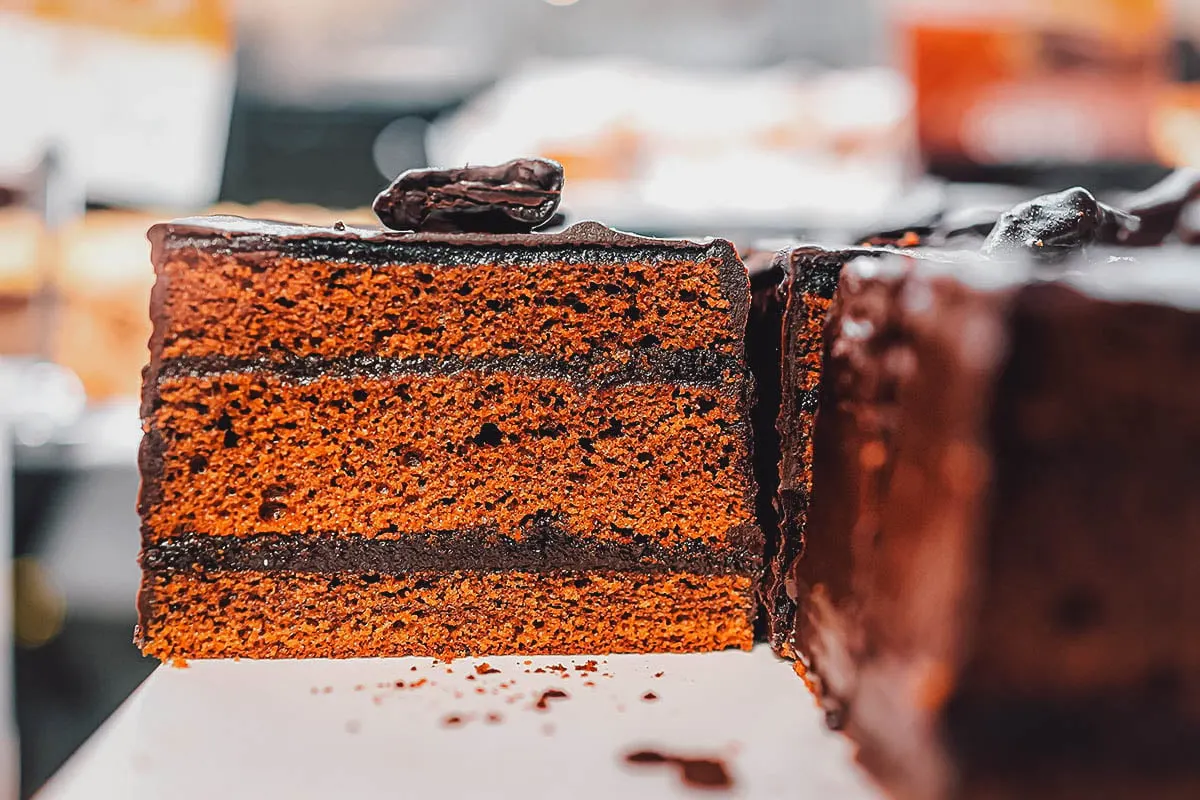
Photo by Kristi Blokhin
13. Kołaczki
Kołaczki is a kind of Polish cookie that’s made using cream cheese dough and filled with food preserves.
Mainly a holiday treat, kołaczki provides just the right amount of tanginess against a backdrop of sugary sweets. If that’s not your jam though, its fruity filling can also be substituted with ingredients like nuts, farmer’s cheese, and even Nutella.
Overall, this cream cheese dessert’s popularity in neighboring countries is evidence of it being a remarkable addition to Polish cuisine.

Photo by Tanya Consaul Photography
14. Faworki
It’s Polish tradition to eat these deep-fried fritters on Fat Thursday (the last day before Lent begins). Sometimes known as “angel wings”, they’re often eaten alongside Polish doughnuts or pączki (more on this dessert later!).
These ribbon-shaped snacks are often dusted on top with powdered sugar, making a sinful flavor combination for someone who’s just about to start fasting. Also called chruściki, which refers to their physical similarity to dried tree branches, you can expect this dessert to taste both light and crunchy.
Additionally, because faworki is one of the more popular Polish desserts, countries like Germany and Italy have their own versions of it, too. These are known as “raderkuchen” and “chiacchiere” respectively, and taste just as great!
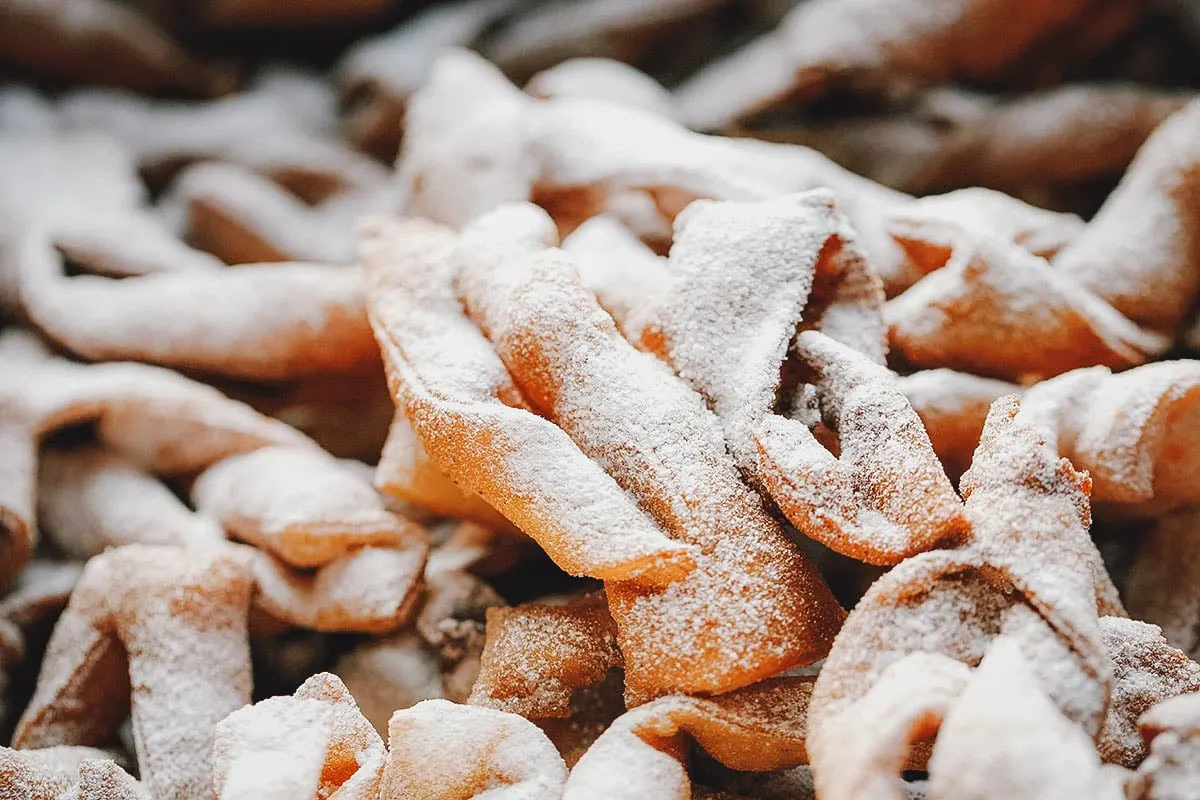
Photo by Katarzyna Mazurowska
15. Kutia
While the recipe for this dessert originally came from a number of Poland’s neighbors (such as Ukraine, Belarus, and Russia), Poles still frequently make Kutia during Christmas Eve. It was popularized after World War II when those from Eastern Poland began moving west and started making the treat there.
This polish Christmas wheat pudding is made with nuts, poppy seeds, and honey, among other nutritious ingredients you can mix and match. That said, wheat berries are the star of the show and can’t be omitted from the dish.
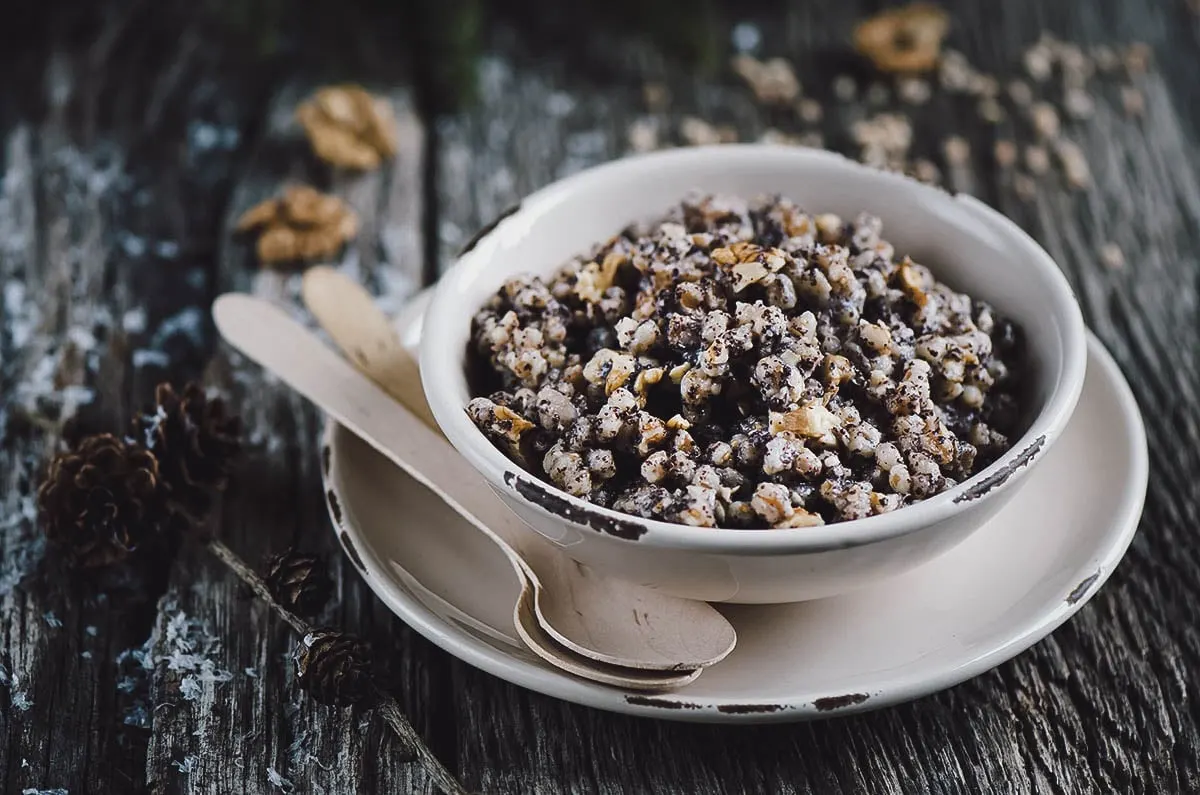
Photo by Ulyana Khorunzha
16. Pączki
As stated in the entry on faworki, pączki are Polish filled doughnuts that are eaten to celebrate Fat Thursday, the final Thursday before Ash Wednesday.
Boasting a rich dough comprised of many eggs, a lot of butter, and milk, pączki can be piped with many fillings, such as the traditional stewed plum jam, the more modern bavarian cream, or a simple sweet cheese in the middle.
Though the dessert has been around since the Middle Ages, it has evolved to become lighter since then. Hints of spirytus (a Polish liquor that’s 96% alcohol by volume) are also added to the dough before frying, to keep the doughnut from absorbing too much fat.
Pączki are popular in Poland but they’re a favorite in many other European countries as well like Slovenia, Germany, Portugal, Croatia, Serbia, and Bosnia and Herzegovina.
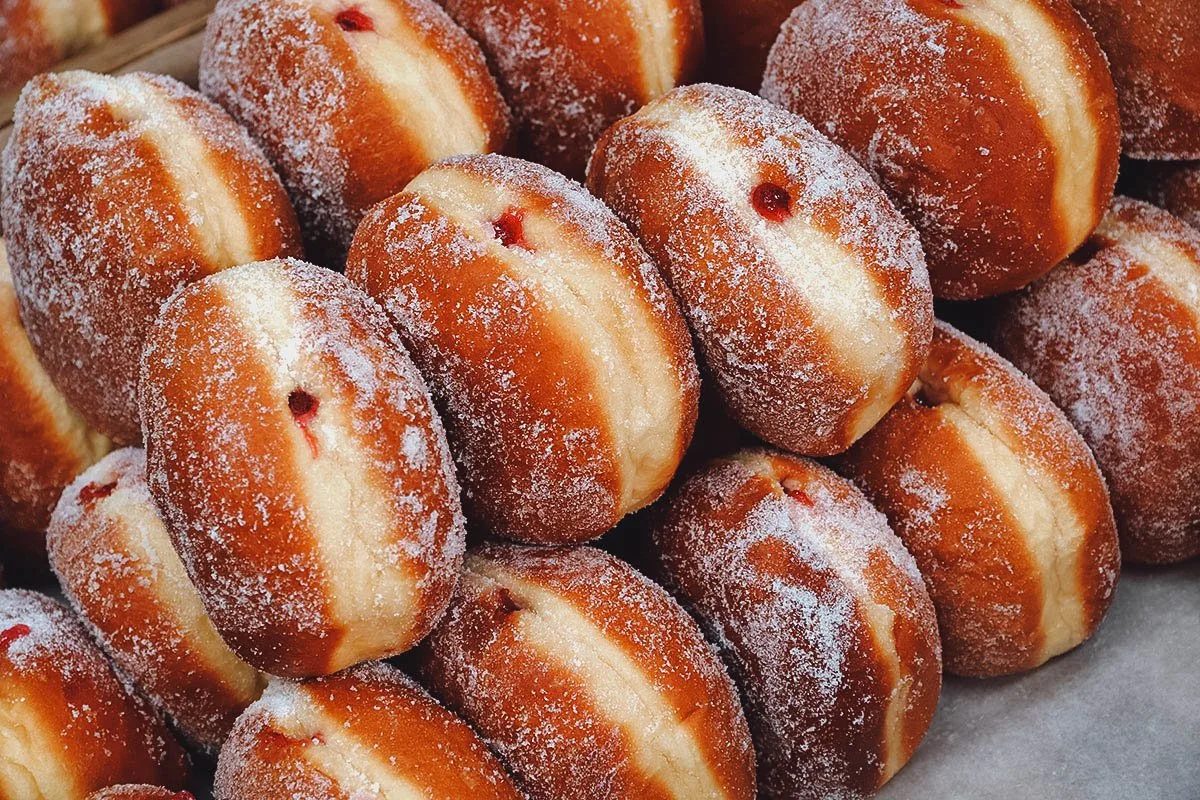
Photo by tupungato
17. Kogel Mogel
Though there are restaurants that serve this simple treat, kogel mogel is more known for being an egg-based homemade dessert.
Similar to eggnog, kogel mogel is primarily composed of raw egg yolks and sugar. It can also have different flavors depending on what you have on hand, ranging from ingredients like cocoa powder to rum.
Gogl-mogl is typically how Jewish people call it in Yiddish, with their communities in Central Europe being the first to relish the dessert’s sweetness in the 17th century.
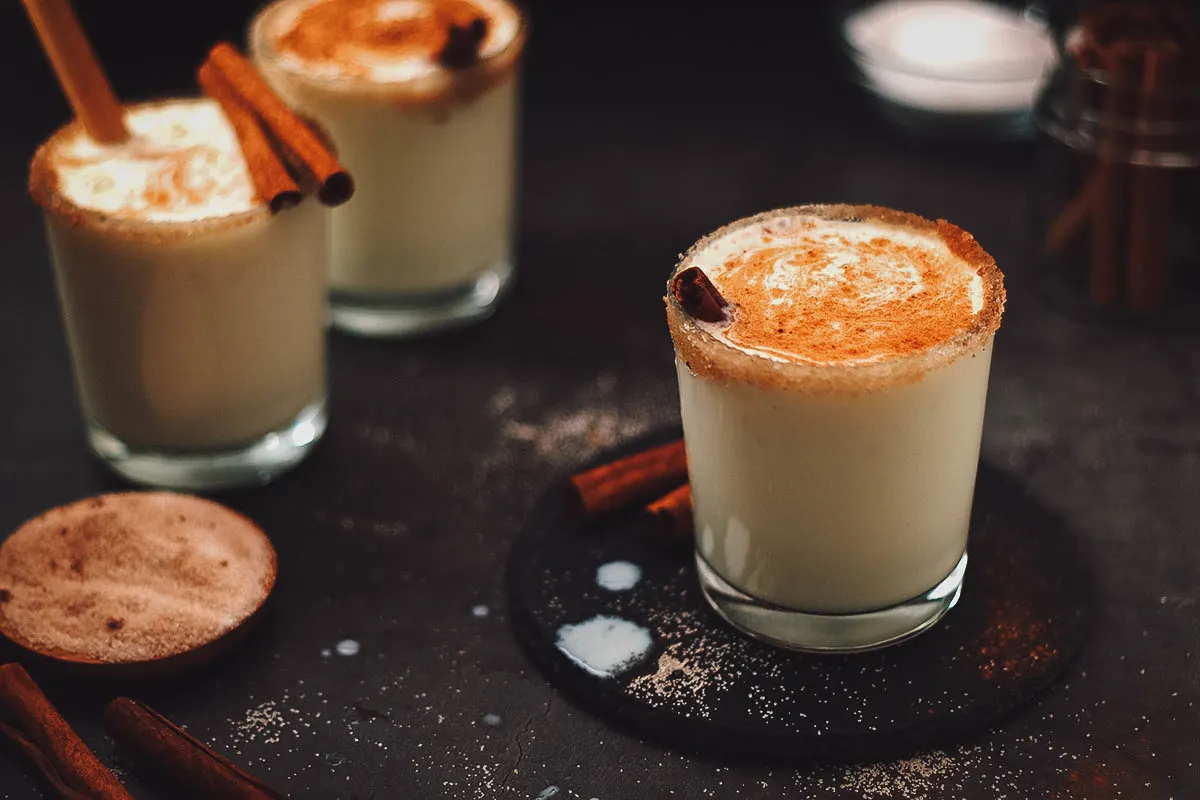
Photo by Anastasia Kamysheva
18. Kisiel
This summer-time Polish dessert is a refreshing mixture of fresh fruit compote thickened with potato starch. Viscous in texture and much like jelly before its set, it can be prepared with ingredients like cherry, orange, cranberry, and lemon juice.
While the word “kisiel” used to mean a sort of sour grain-based soup that utilized fish gelatin as a thickener, it gradually came to refer to a dessert during the 19th century. This treat is definitely a must-try on a hot day that has you thirsting for some zest.
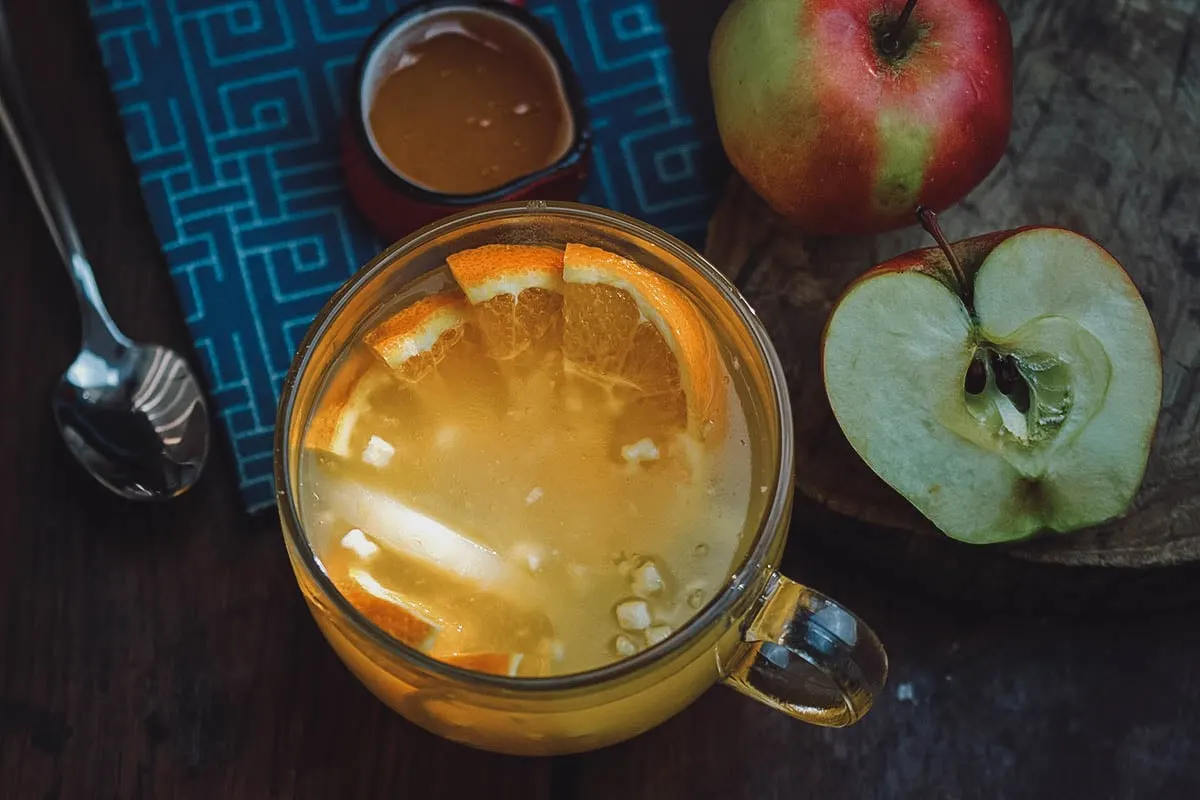
Photo by Justyna Troc
19. Ciepłe Lody
You may not think it sounds right at first, but “warm ice cream” is more mouth-watering than you would expect. Though mounted on a waffle cup to resemble your average soft serve, ciepłe lody is actually made of an egg white-based mousse, drizzled with syrup or chocolate on top.
While technically an ersatz food developed by the Polish People’s Republic, it’s still a delightful treat for Traveleaters to try. Just be careful – it’s calorie count can get pretty high!

Photo by rainbow33
20. Krowki
Last but not the least of our Polish desserts is a Polish fudge candy that’s made by cooking milk, butter, and sugar. Literally meaning “little cow”, Krowki was once sold with pictures of the animal on the wrapper.
The treat was first marketed by Feliks Pomorski in a Polish town called Ponzan, though his family was compelled to leave by Nazis during World War II. He then set up shop in Milanówek, a suburb of Warsaw, which is why the candy is sometimes called “milanówek krówki”.
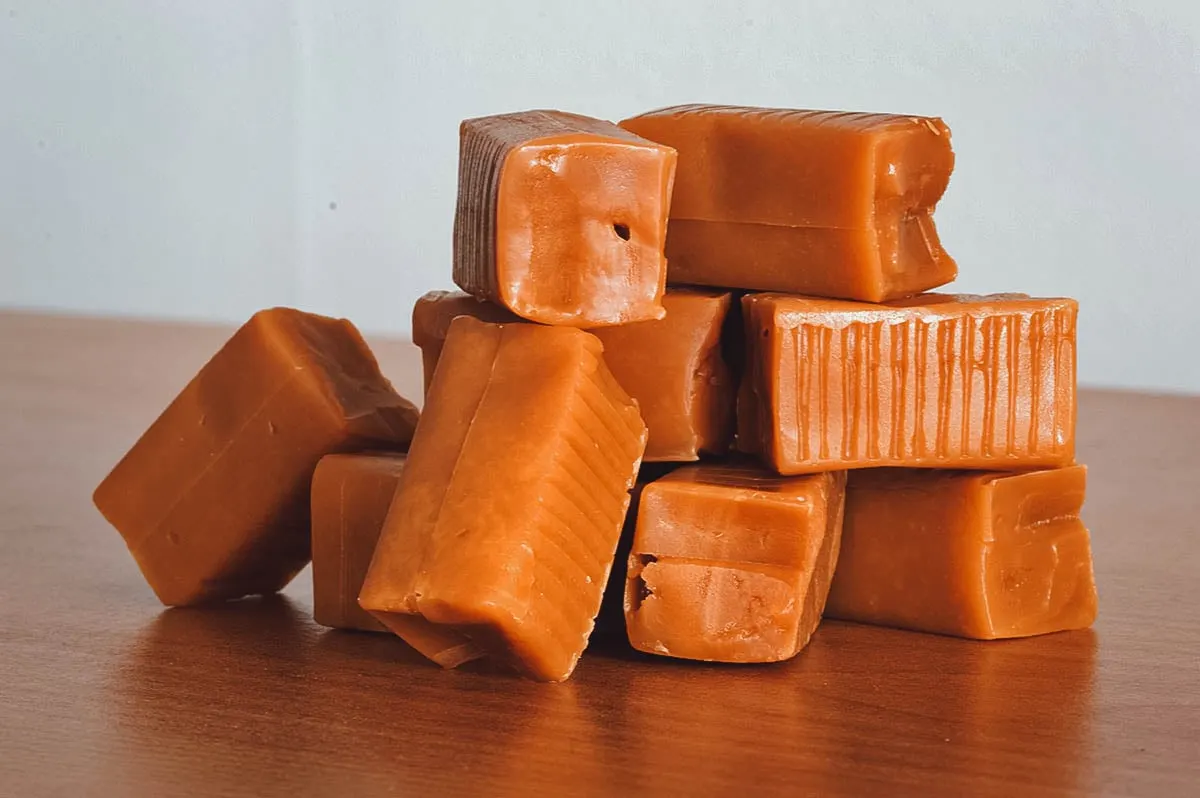
Photo by Robson90
FINAL THOUGHTS ON POLISH DESSERTS
With so many cakes and pastries to try, traveling to Poland is sure to satisfy your sweet tooth. That each dessert is filled with so much history and culture is a great reminder of how food can help us ease into foreign settings.
In the end, these delicious treats are only a small part of the Polish experience, with so many places to see and activities to do. Hopefully, this Polish desserts list convinces you to book a trip to Poland soon!
Disclosure
Some of the links in this article on Polish desserts are affiliate links, meaning we’ll make a small commission if we make a qualifying sale at no additional expense to you. As always, we only recommend products and services that we use ourselves and firmly believe in. We really appreciate your support as this helps us make more of these free travel guides. Thank you!
Cover photo by Tupungato. Stock images via Shutterstock.


Karen
Wednesday 3rd of May 2023
Thank you. So many choices! Have you any information on a cake, made in a Chicago Bakery in the early 40's to 50's (in Logan Square, called Kleczewski Bakery), called Roof Top Cake? I don't think it was Karpatka. It was a loaf cake and the Cake top was frosted as a roof with crushed peanuts over chocolate drizzle. I'm not sure if it was a sponge cake or babka cake. Our mom's funeral is June 3 in suburban Chicago and I would like to research this desert.
Nikodem
Tuesday 25th of April 2023
Just for clarification: Fat Thursday isn't the last day before the Lent, it's the last Thursday of the carnival before the Lent. In fact the day before Ash Wendsday is Tuesday, in some regions called 'Podkoziołek' (Pod-below; Kozioł-goat), which is celebrated too with eating faworki/chruściki and pączki.
JB & Renée
Sunday 21st of May 2023
Thank you for the information Nikodem!